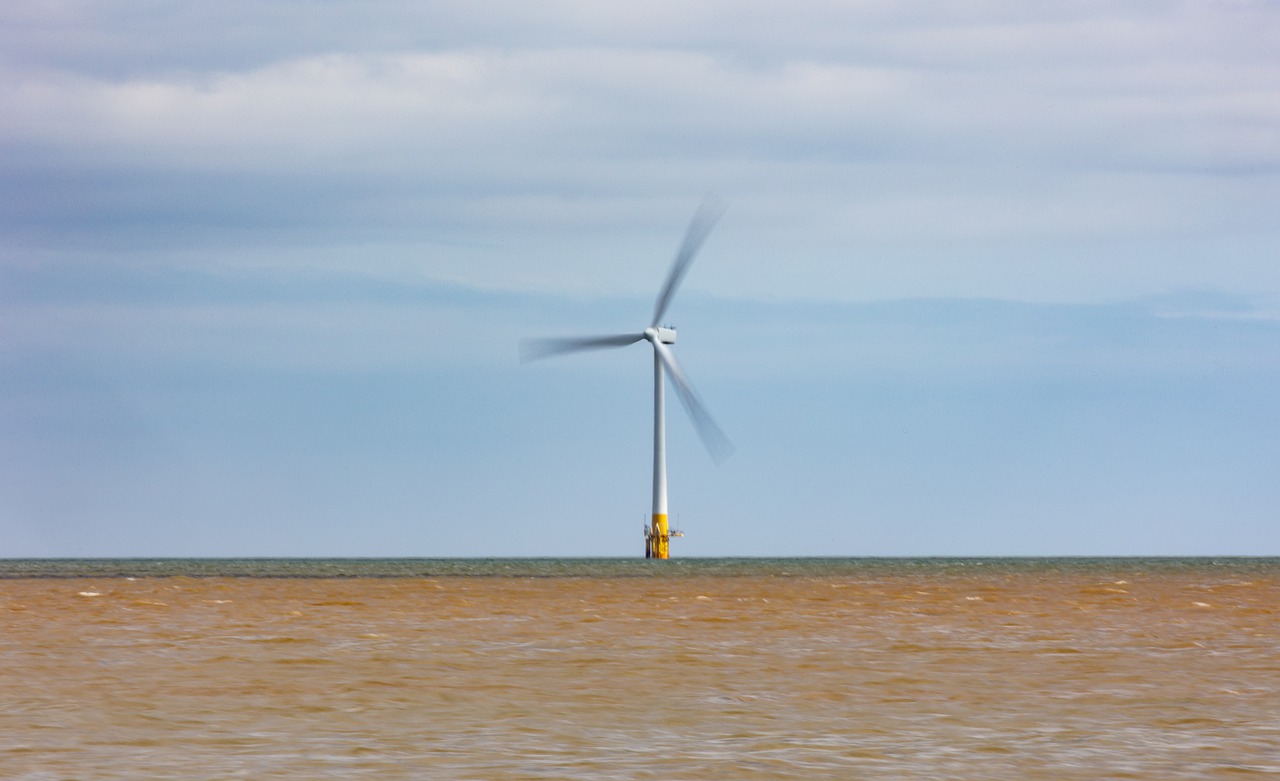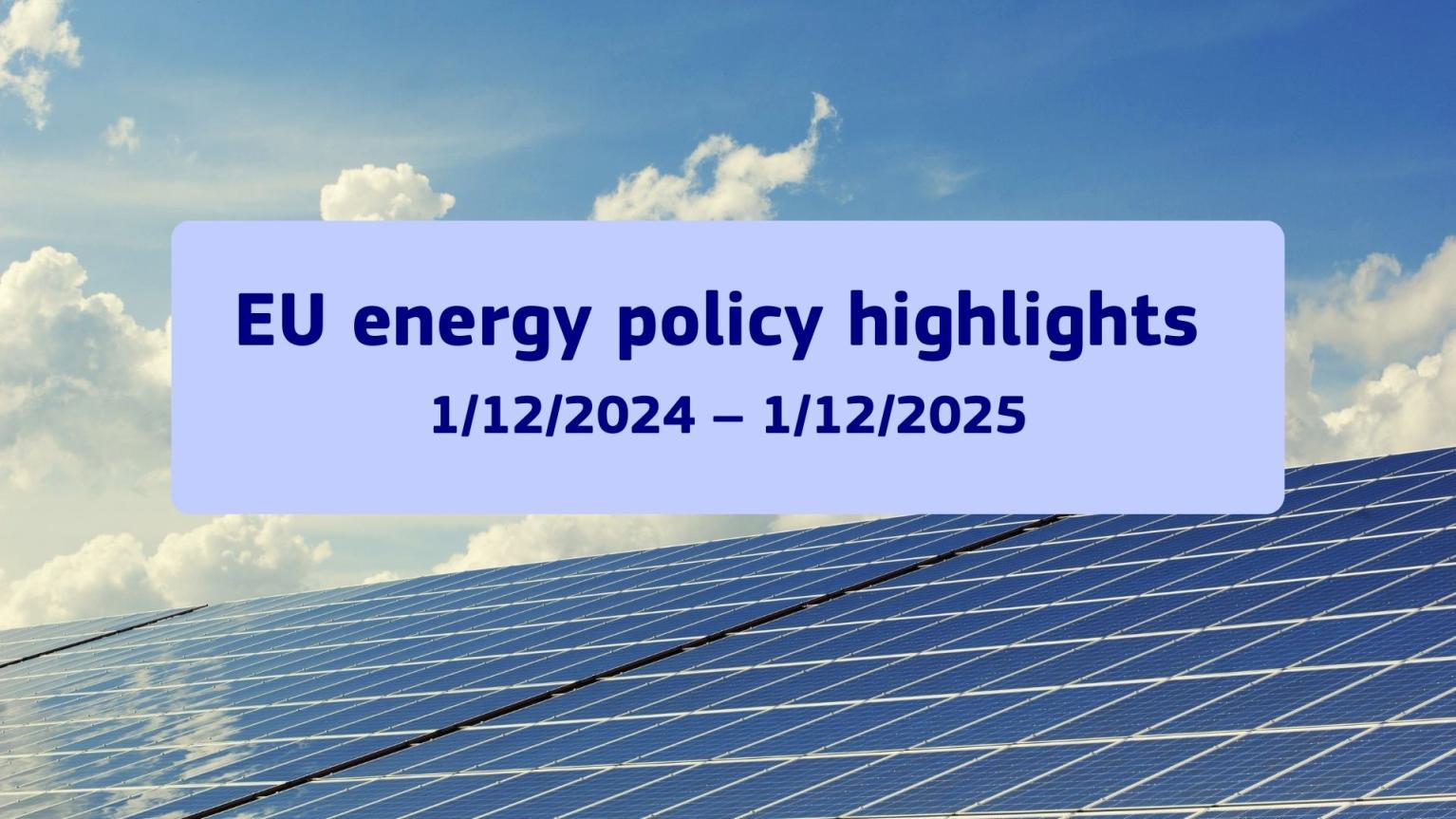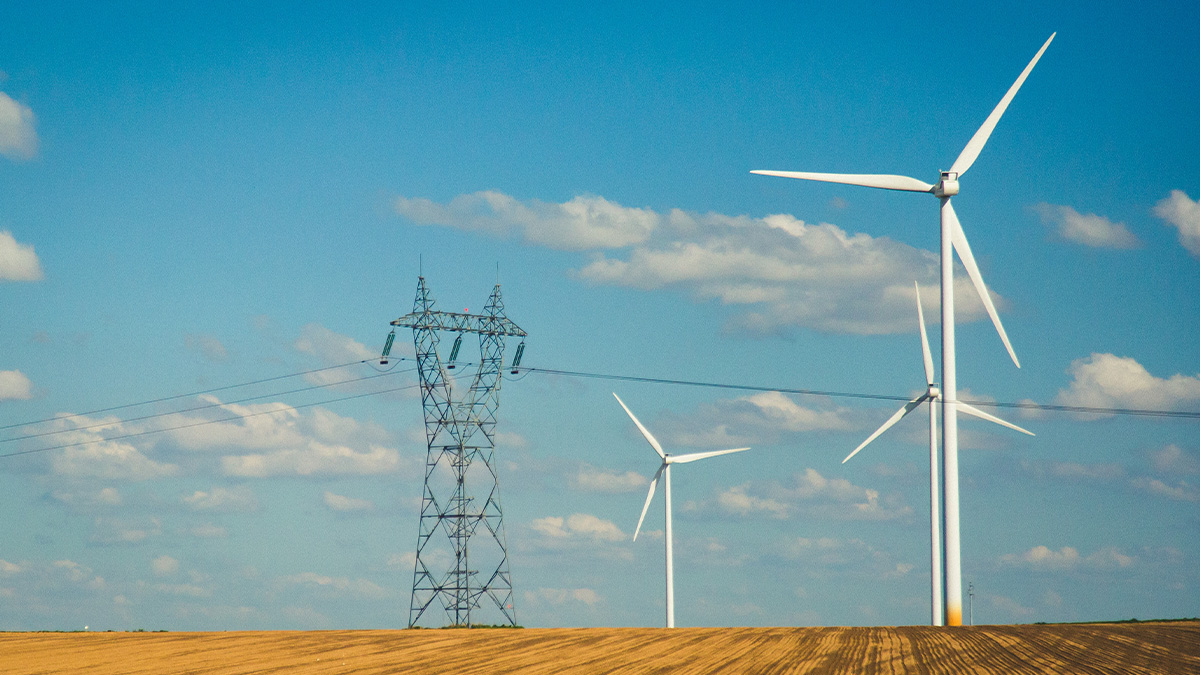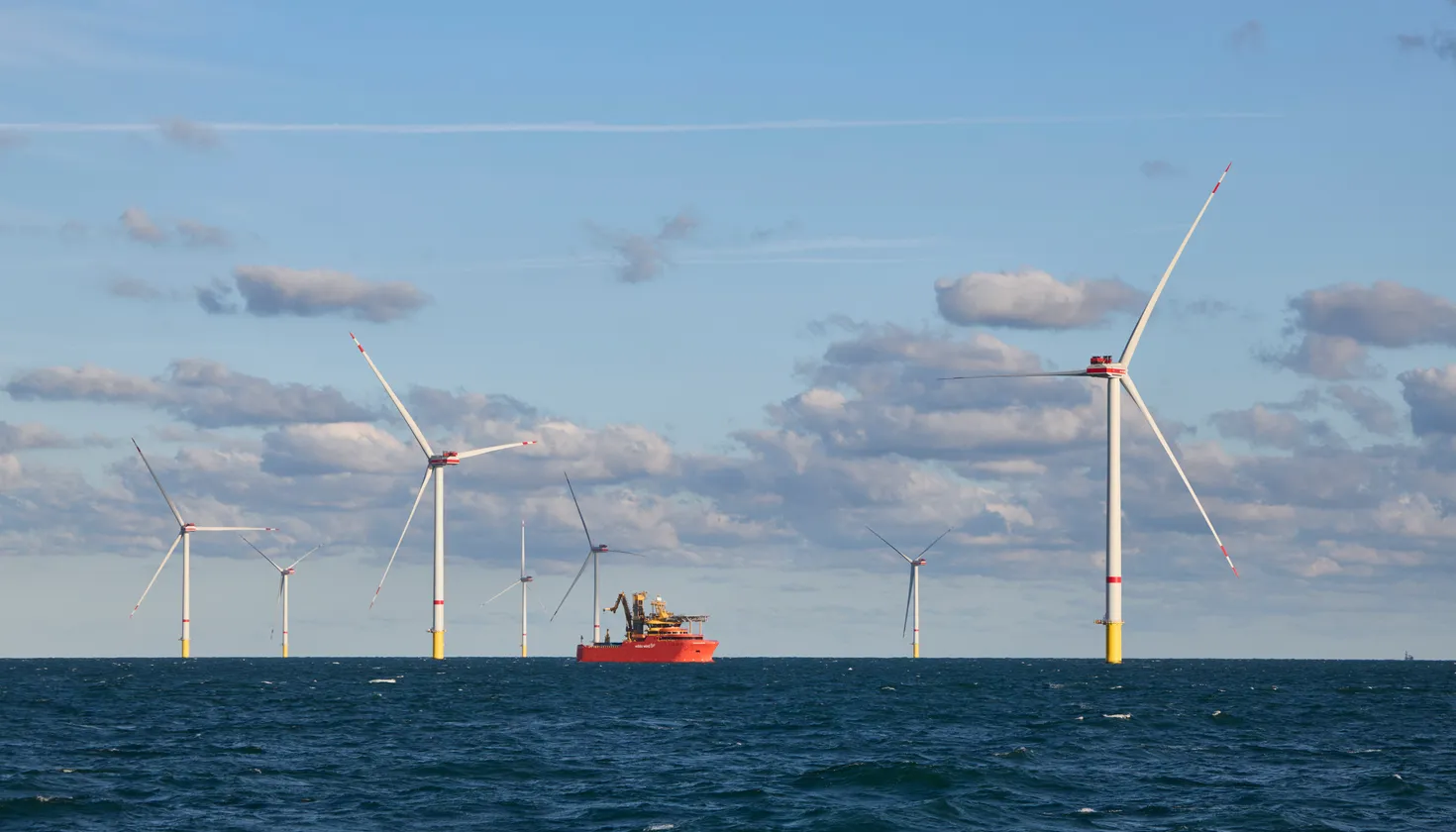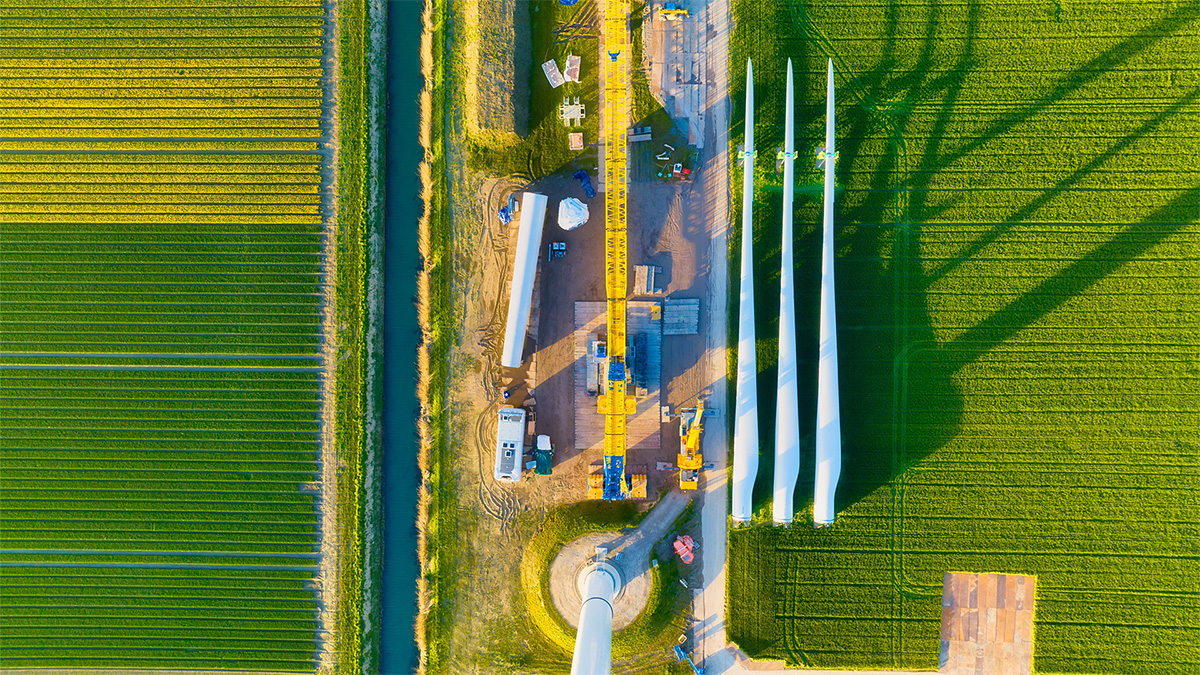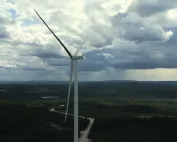The Polish government has adopted a law to promote the development of offshore wind energy by allowing different maximum electricity prices to be set depending on the specific characteristics of individual maritime areas. The new legislation gives the Minister for Climate and Environment the ability to issue a regulation that will set differentiated maximum prices for electricity produced by wind farms in different offshore areas.
Areas designated for offshore wind farms in Poland differ in geophysical conditions, such as depth, seabed quality and distance from the shore. These features have a significant impact on the costs of both the construction and operation of the investment, which the new rules will allow maximum prices to take into account. Adapting maximum prices to the specifics of individual areas will enable investors to bid on more realistic terms, taking into account the actual costs arising from the location of the farm in question.
The regulation will determine the maximum price per MWh of electricity produced in an offshore wind farm and injected into the grid. Differentiating the maximum prices, allowing the unique investment costs to be taken into account depending on the region, may translate into greater investor interest, which in turn may affect the competitiveness of the market and lower energy costs for end users.
Before issuing the regulation, the Ministry of Climate and Environment will consult with the Minister of State Assets and the Minister of Finance to ensure compliance with state asset management and public finance policies.
The new regulations will enter into force the day after they are published in the Official Gazette, which allows them to be implemented quickly and used already in the upcoming auctions in the renewable energy market.
As we wrote in BalticWind.EU last month, the government decided to raise the maximum price of energy generated by offshore wind farms. Under Phase II of the offshore development, the strike price is to increase from the originally proposed PLN 471.83/MWh to PLN 512.32/MWh, an increase of around PLN 40. The decision has been met with mixed reactions in the industry, but is in response to calls from investors who signalled that the original price was too low to make projects viable.
The increase in the maximum price for offshore is the result of a change in the parameters adopted for its calculation. Based on consultation and analysis of current market conditions, the government has taken into account new data, including this year’s eurozone inflation forecasts and cost balancing reports. Previous assumptions were based on last year’s data, which, according to the industry, were already outdated, resulting in a risk that some projects would not materialise.
The increase in strike price is also a response to higher operating and investment costs, which have increased rapidly in recent years. For example, the balancing cost index has increased from PLN 2/MWh to PLN 17/MWh, which has significantly impacted investor calculations.
The aim of the new auctions scheduled for 2025, 2027, 2029 and 2031 is to select offshore wind farm projects with a total capacity of 12 GW, which is expected to increase the share of renewable energy sources in the Polish energy mix. Under these auctions, a strike price of PLN 512.32/MWh will be the maximum price at which investors can offer energy. Supported entities will be entitled to cover the so-called negative balance, which means that they will be able to count on making up the difference between the market price and the guaranteed price.
It is worth recalling that in the first phase of offshore development, support was granted to seven projects with a total capacity of 5.9 GW, with the price set at PLN 319.6/MWh. The current auctions will be aimed at selecting new projects that will complete the Polish electricity system.
Despite the increase in the strike price, not all investors are convinced that the new rates will be sufficient to guarantee the profitability of the projects. According to unofficial reports, industry representatives would prefer to see a strike price in the range of 500-600 PLN/MWh in order to compete effectively in the market, especially in the context of rising investment costs. Therefore, while the increase to PLN 512.32/MWh is a step in the right direction, investors are concerned that the government will have to reconsider the level of support in the future, depending on the changing economic and business environment.
A key challenge for future projects will be securing the right financial partners and contractors to meet ambitious targets for offshore wind farm construction.
Source climate.gov.pl & BalticWind.EU
